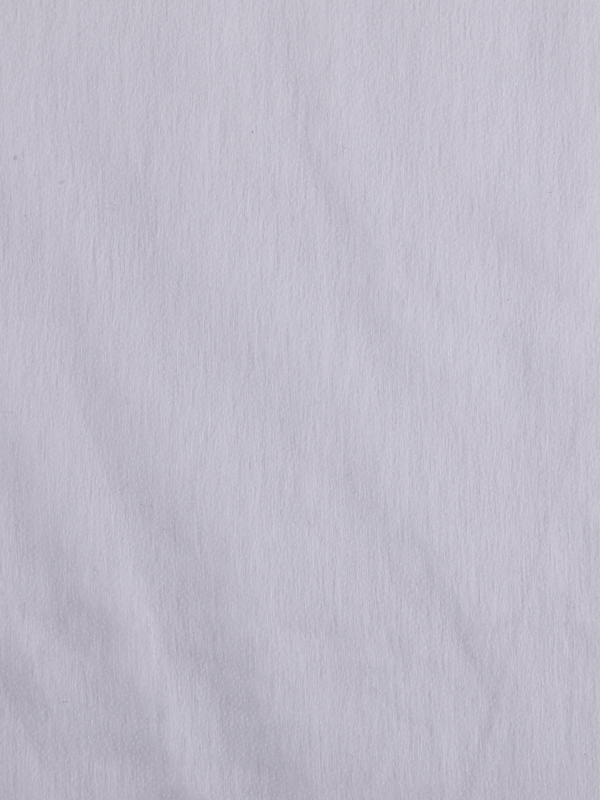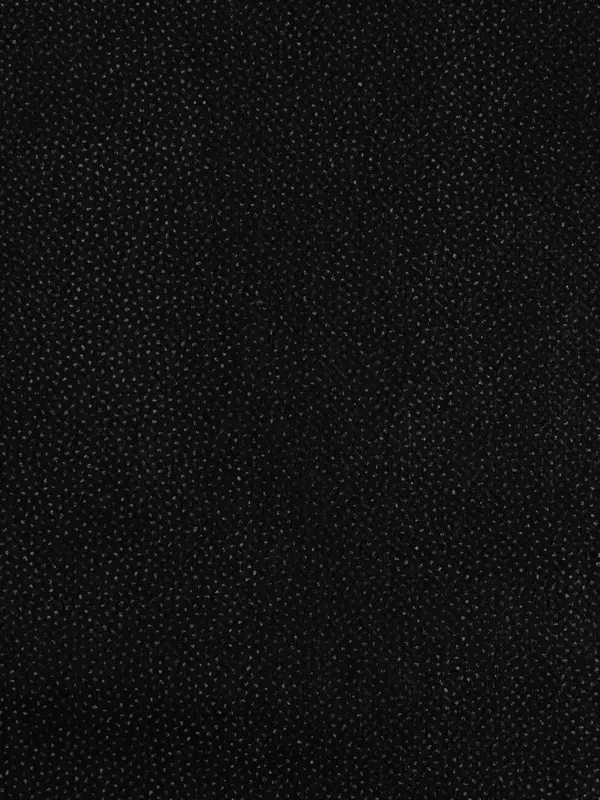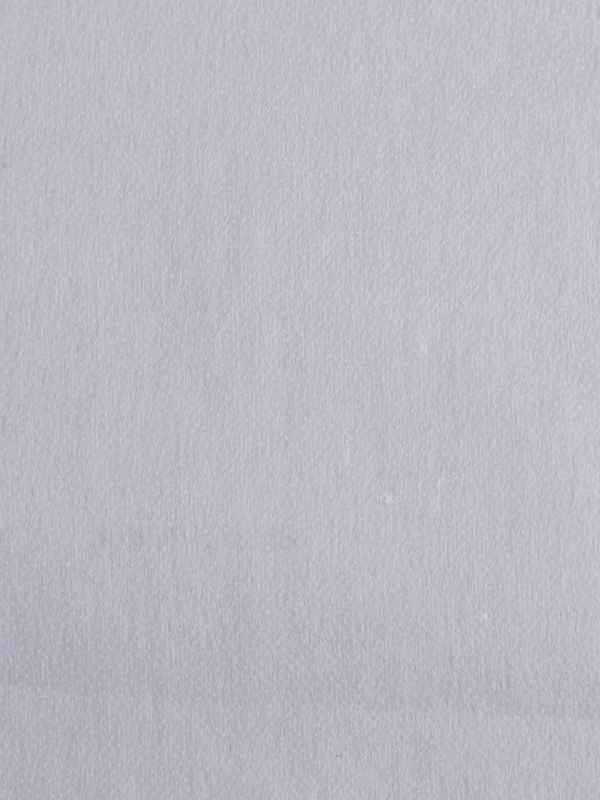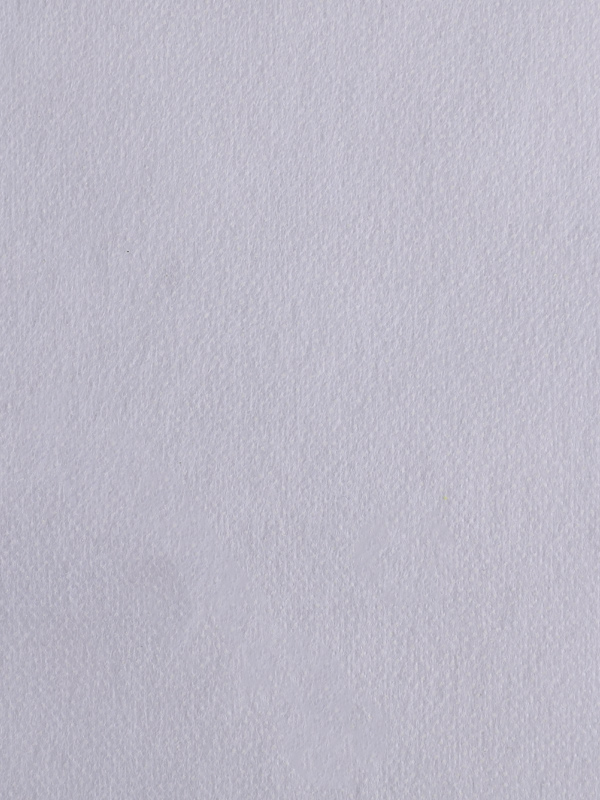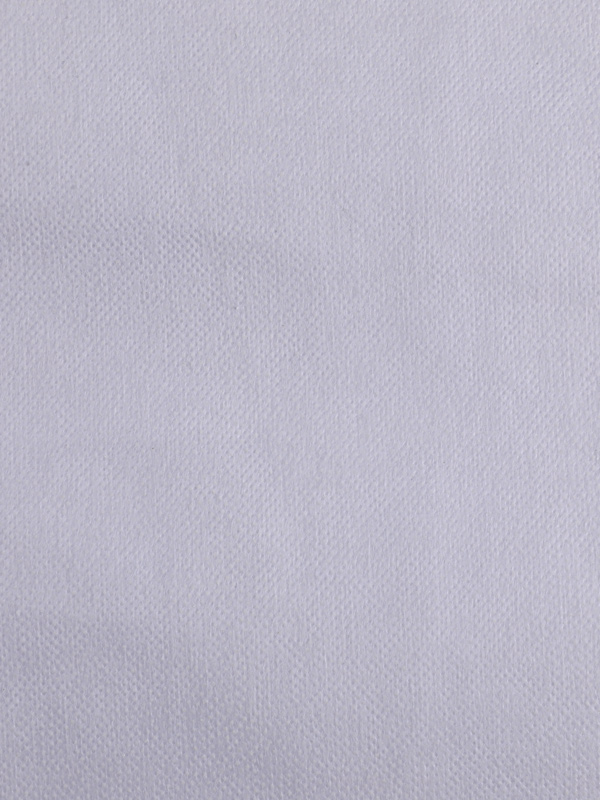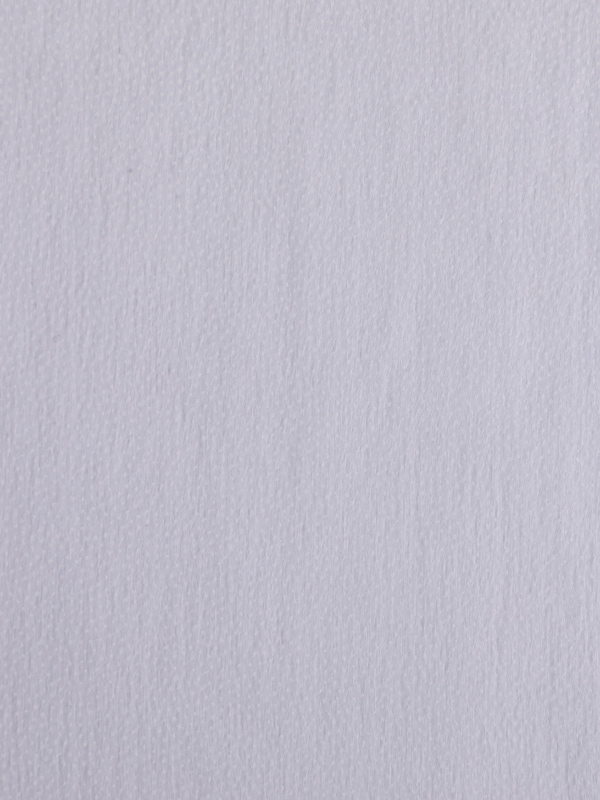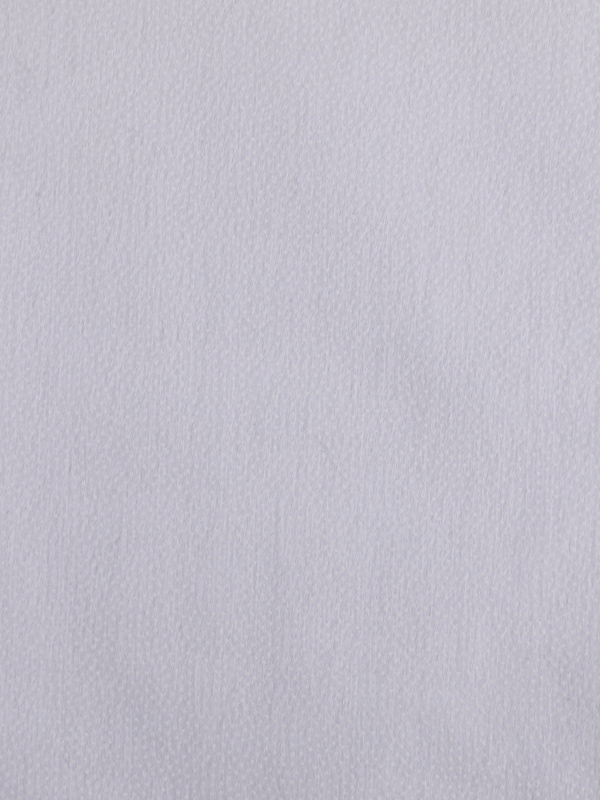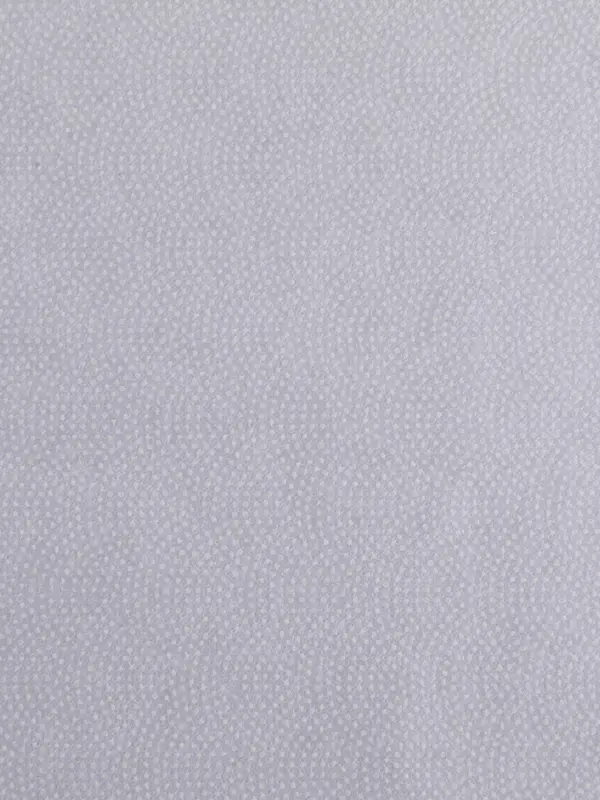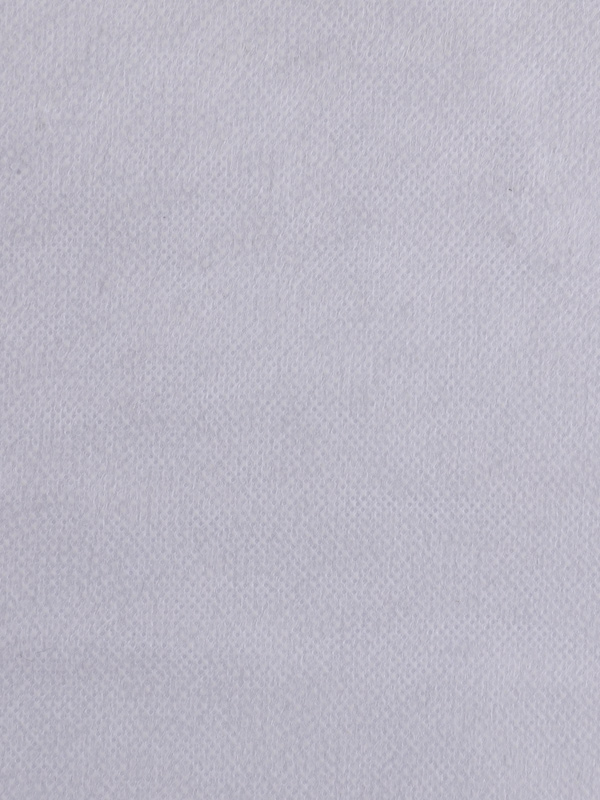Non-woven interlining is a widely used fabric this is usually made from synthetic fibers consisting of polyester or nylon. It is used to provide additional shape, form, and stability to fabrics in numerous industries, which includes fashion, textiles, and car. The bonding technique of non-woven interlining with material involves using chemical adhesives, heat, and stress.
The first step in the bonding procedure is the selection of the suitable adhesive. The adhesive used for bonding is usually a thermoplastic polymer which could melt or soften below warmness and end up sticky. This permits it to adhere to each the non-woven interlining and the cloth. Examples of commonly used adhesives encompass polyethylene, polyamide, polyester, and polyurethane.
Once the adhesive is chosen, it's far implemented to both the non-woven interlining or the material, relying at the desired outcome. This may be finished the usage of various methods consisting of spraying, roller coating, or printing. The adhesive is generally applied in a managed manner, making sure even distribution and insurance at the surface.
Next, the non-woven interlining and material are brought together beneath controlled situations. This commonly entails passing the materials via a bonding device, which applies warmth and strain. The warmth causes the adhesive to soften and melt, at the same time as the stress helps to distribute the adhesive frivolously among the non-woven interlining and cloth.
The heat and strain carried out for the duration of the bonding process play a essential position in the formation of the chemical bond among the non-woven interlining and material. As the adhesive softens, it flows and fills the gaps and irregularities at the surfaces of each materials. When it cools and solidifies, it bureaucracy a robust bond that holds the non-woven interlining and fabric together.
The time, temperature, and pressure settings throughout the bonding process are vital elements that may have an effect on the nice and sturdiness of the bond. Different materials and thicknesses require exclusive parameters to make sure proper bonding. Testing and experimentation are frequently carried out to decide the gold standard settings for a selected combination of non-woven interlining and material.
The chemical bond fashioned all through the bonding process is quite sturdy and durable. It can withstand numerous mechanical stressors such as stretching, tearing, and washing without vast degradation. However, it's miles critical to be aware that the bond's electricity can range relying on several factors, such as the adhesive used, the bonding process parameters, and the material houses of the non-woven interlining and material.
In addition to its adhesive homes, the non-woven interlining also can offer additional blessings to the material. It can enhance the material's dimensional balance, improve its resistance to wrinkles, and offer extra frame and shape. Moreover, non-woven interlining can serve as a barrier, preventing the passage of moisture, heat, or different contaminants.
In end, the
chemical bond non-woven interlining and fabric is executed via using adhesive, warmness, and strain. This bonding manner creates a robust and sturdy connection that complements the fabric's structure, stability, and appearance. The selection of the ideal adhesive, along with cautious manipulate of the bonding technique parameters, is crucial for achieving top-quality bonding outcomes.
